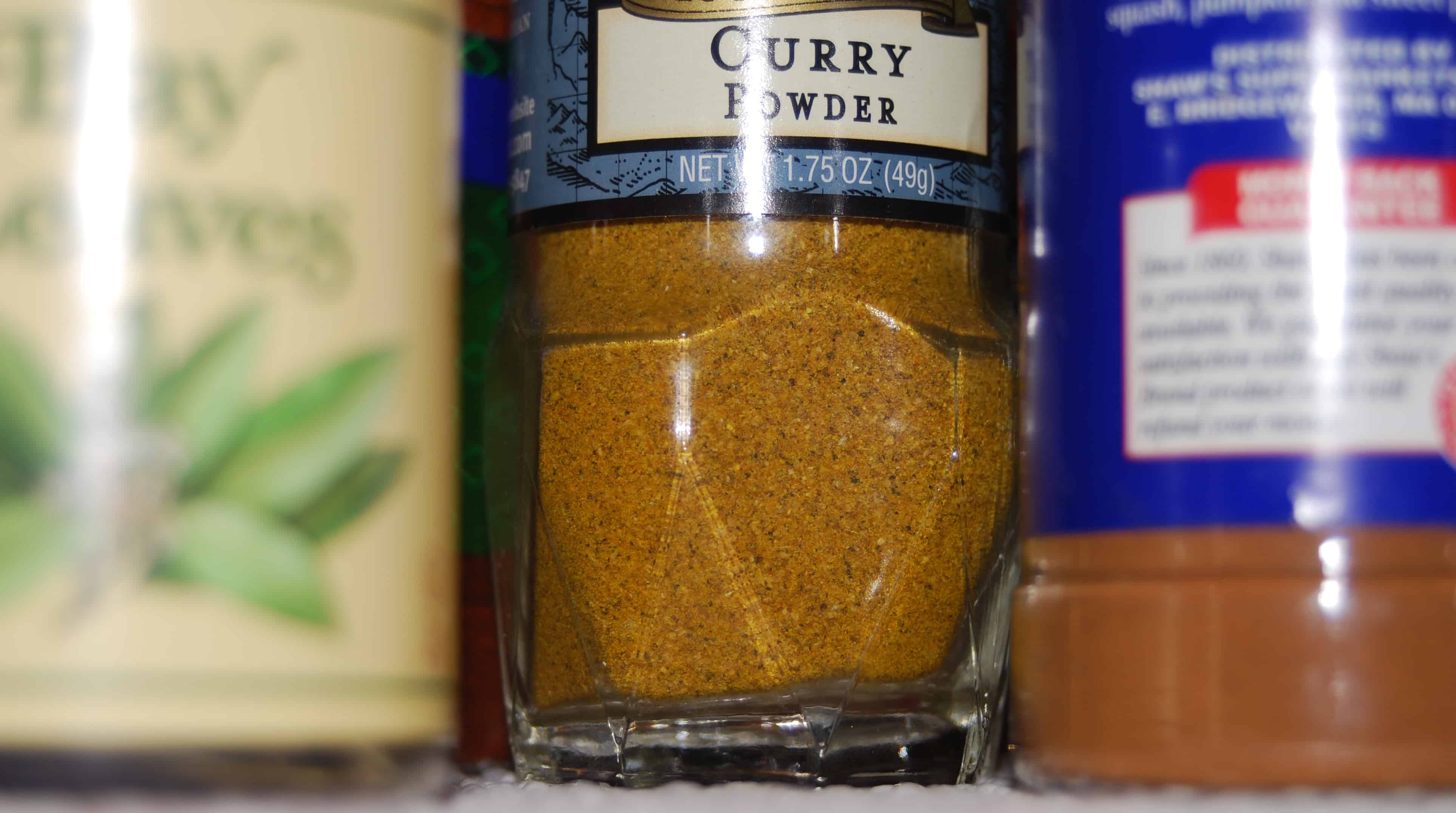According to the World Health Organization, “80% of the Earth’s inhabitants rely upon the traditional medicine for their primary health-care needs, in part due to high cost of Western pharmaceuticals. Medicines derived from plants have played a pivotal role in the health care of both ancient and modern cultures.” One of the prime sources of plant-derived medicines is spices. Turmeric, for example, has been consumed over the centuries around the world. Turmeric is known by different names in different societies—my favorite of which is probably “zard-choobag.”
Turmeric is the dried powdered root stalks of the turmeric plant—a member of the ginger family—from which the orangey-yellow pigment curcumin can be extracted. The spice turmeric is what makes curry powder yellow, and curcumin is what makes turmeric yellow. In the video, Turmeric Curcumin and Rheumatoid Arthritis, you can see the molecular structure of curcumin. I always thought it kind of looked like a crab.
In recent years, more than 5,000 articles have been published in the medical literature about curcumin. Many sport impressive looking diagrams suggesting curcumin can benefit a multitude of conditions via a dizzying array of mechanisms. Curcumin was first isolated more than a century ago, but out of the thousands of experiments, just a handful in the 20th century were clinical studies, involving actual human participants. Most of the 5,000 were just in vitro lab studies, which I’ve resisted covering until the studies moved out of the petri dish and into the person. But since the turn-of-the-century, more than 50 clinical trials have been done, testing curcumin against a variety of human diseases, with 84 more on the way. One such study got my attention.
Rheumatoid arthritis (RA) is a chronic systemic inflammatory disorder that causes progressive destruction of the cartilage and bone of joints. The long-term prognosis of RA is poor, with as much as 80% of patients affected becoming disabled with a reduced life expectancy. There are lots of drugs one can take, but unfortunately they’re often associated with severe side effects including blood loss, bone loss and bone marrow suppression, and toxicity to the liver and eyes.
The efficacy of curcumin was first demonstrated over 30 years ago in a double-blind crossover study: curcumin versus phenylbutazone, a powerful anti-inflammatory that is used in race horses. Both groups showed significant improvement in morning stiffness, walking time, and joint swelling, with the complete absence of any side effects from curcumin (which is more than can be said for phenylbutazone, which was pulled from the market three years later after wiping out people’s immune systems and their lives).
In the new study, 45 patients diagnosed with rheumatoid arthritis were randomized into three groups: curcumin, the standard of care drug, or both. The primary endpoint was a reduction in disease activity as well as a reduction in joint tenderness and swelling. All three groups got better, but interestingly the curcumin groups showed the highest percentage of improvement, significantly better than those in the drug group. The findings are significant and demonstrate that curcumin alone was not only safe and effective, but surprisingly more effective in alleviating pain compared to the leading drug of choice, all without any adverse side effects. In fact, curcumin appeared protective against drug side effects, given that there were more adverse reactions in the drug group than in the combined drug and curcumin group. In contrast to non-steroidal anti-inflammatory drugs (NSAIDs), curcumin has no gastrointestinal side effects, and may even protect the lining of the stomach.
Hard to appreciate the gorgeous color of fresh turmeric root unless you see it for yourself. You should be able to find it at any large Asian store. I incorporate it into my Natural Nausea Remedy Recipe. The inner color is almost fluorescent!
I’m afraid followers of NutritionFacts.org are going to get sick of turmeric, but there’s a load of important new research I felt I needed to cover. So far there’s Turmeric Curcumin and Osteoarthritis, Boosting the Bioavailability of Curcumin and Who Shouldn’t Consume Curcumin or Turmeric?
I’ve previously talked about treating autoimmune joint inflammation with diets full of plants in Potassium and Autoimmune Disease.
If phenylbutazone sounds vaguely familiar, maybe you read my Q&A Is horse meat safe to eat?
-Michael Greger, M.D
PS: If you haven’t yet, you can subscribe to my videos for free by clicking here and watch my full 2012 – 2015 presentations Uprooting the Leading Causes of Death, More than an Apple a Day, From Table to Able, and Food as Medicine.
